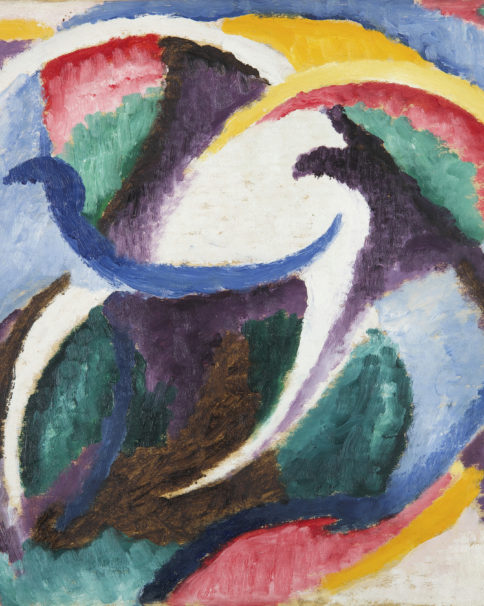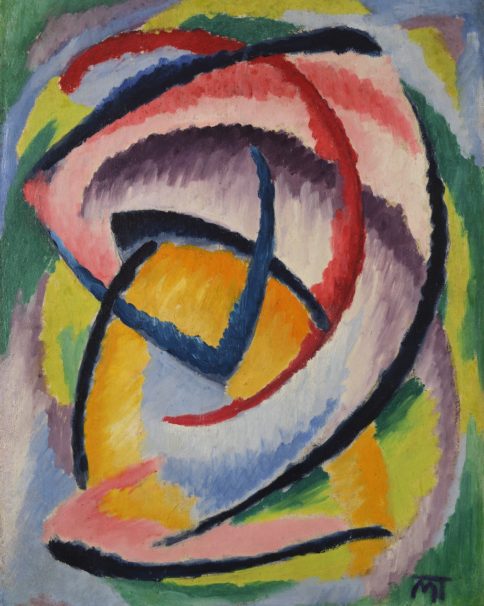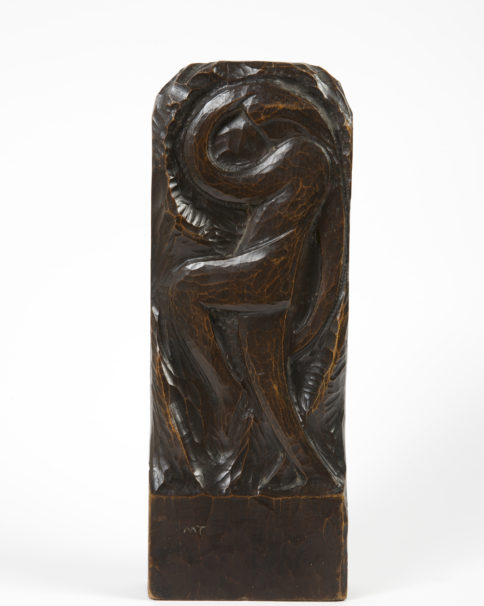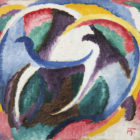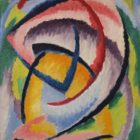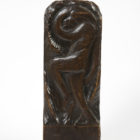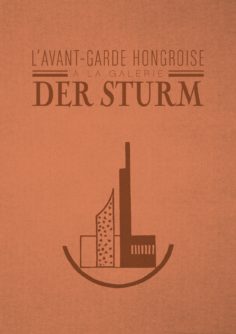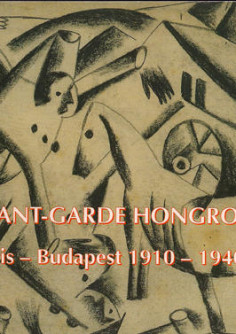János Mattis Teutsch was born in 1884 in Brașov (Transylvania), in a melting pot of German, Hungarian and Romanian cultures. His education began at the local technical school and continued at the School of Decorative Arts in Budapest and the Bavarian Royal Academy in Munich. In 1906, Mattis Teutsch travelled to Paris where he learned about Cézannian principles of composition, although without frequenting any particular artistic school. He was a maverick figure in the Hungarian avant-garde. Shrugging off Cubist, Expressionist and Constructivist influences, he pursued his passionate interest in man’s spiritual development, which became a leitmotif of his work.
Starting in 1909 he made regular stays in Budapest because of his wife’s poor health. There he attended the International Postimpressionist Exhibition and saw works by Robert Delaunay, Franz Marc, Vassily Kandinsky, Pablo Picasso and others. In 1917, Lajos Kassák invited him to work with the journal MA, which gave him his first exhibition and published a volume of twelve linocuts for the occasion. The journal’s international, avant-garde contacts gave him the chance to exchange with artists abroad and led to his discovery by Herwarth Walden who, starting in 1918, regularly published his works in the journal Der Sturm and in 1921 organised an exhibition of his work alongside that of Paul Klee. Der Sturm gallery already represented artists of Der Blaue Reiter and it was the lyrical spirituality and rhythmic vitality that Teutsch’s work shared with that movement which led to his being exhibited there too. In 1919, Teutsch was also in contact with the Bauhaus in Weimar. His prominence on the avant-garde scene of the 1920s is reflected in the coverage he received in publications of the day such as the Buch Neuer Kunstler (Book of New Artists, 1922), edited by Lajos Kassák and László Moholy-Nagy. After the fall of the Republic of Councils and at the end of the First World War, he started making colourful sculptures in wood and clay. He exhibited around Europe but also in the United States (Chicago) and elsewhere.
In 1924 he became an active member of the Romanian avant-garde and contributor to the journals Integral, Punct and Contimporanul. Also at this time, he featured in a big exhibition of abstract art in Berlin and joined the Nagybánya artist colony whose post-Cubist tendency fitted with his own vision of the world at the time. His thoughts on the theory and practice of art were expressed in Kunstideologie (Potsdam, 1931), a book written in the style of the avant-garde manifestos. During the Second World War he abandoned flat Constructivist forms for a more plastic representation of the human figure. In 1950 he brought together his major works of the early 1920s under the title Soul Flowers, which became his best-known cycle of paintings. János Mattis Teutsch died in his hometown in 1960. It was not until the 1990s, thirty years later, that his work was rediscovered and celebrated.
Maria Tyl
